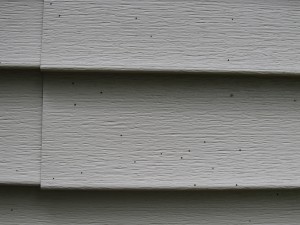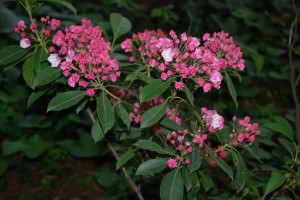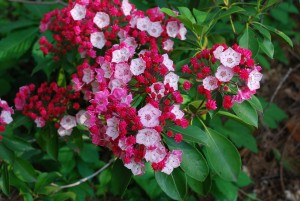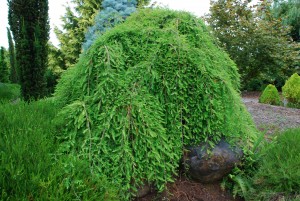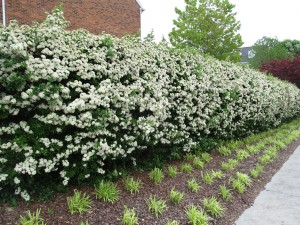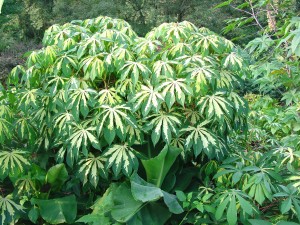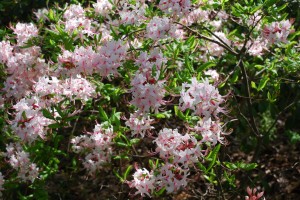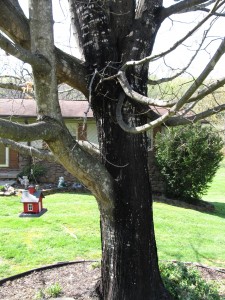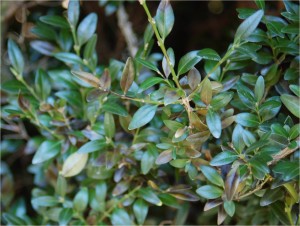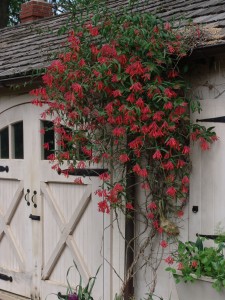Artillery fungus (Sphaerobolus stellatus) deposits small tar-like specks on the siding of your house or on your car finish in early spring or fall. Artillery fungus is a wood-rotting organism living in the mulch around your home foundation. The fungus shoots its sticky, black spore masses as far as 20 feet out away. The tar spots adhere tightly to the paint or siding and are difficult to wash off.
No fungicides are labeled for control of the artillery fungus in mulch. Cellulose is the principal component of wood mulch and the primary food source for this wood-rotting fungus. Instead, select a bark mulch which contains lignin that decays more slowly.
Adding a fresh layer of a large nugget bark mulch over an existing mulch each year may reduce the sporulation of the artillery fungus. Do not apply more than 4 inches of mulch, as plant roots into the soil may become smothered. Covering existing mulch with a layer of pine needles may prevent sporulation of the artillery fungus. Mushroom compost, mixed with bark mulch, @ 40% by volume, will also suppress artillery fungus.
Another approach is to remove the contaminated mulch and replace it with a synthetic mulch, such as shredded rubber mulch and artificial pine needles. Synthetic mulches last much longer and not provide a growth medium for the artillery fungus. Planting groundcovers instead of mulching is another option.

